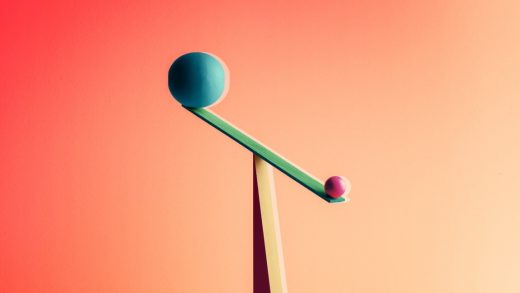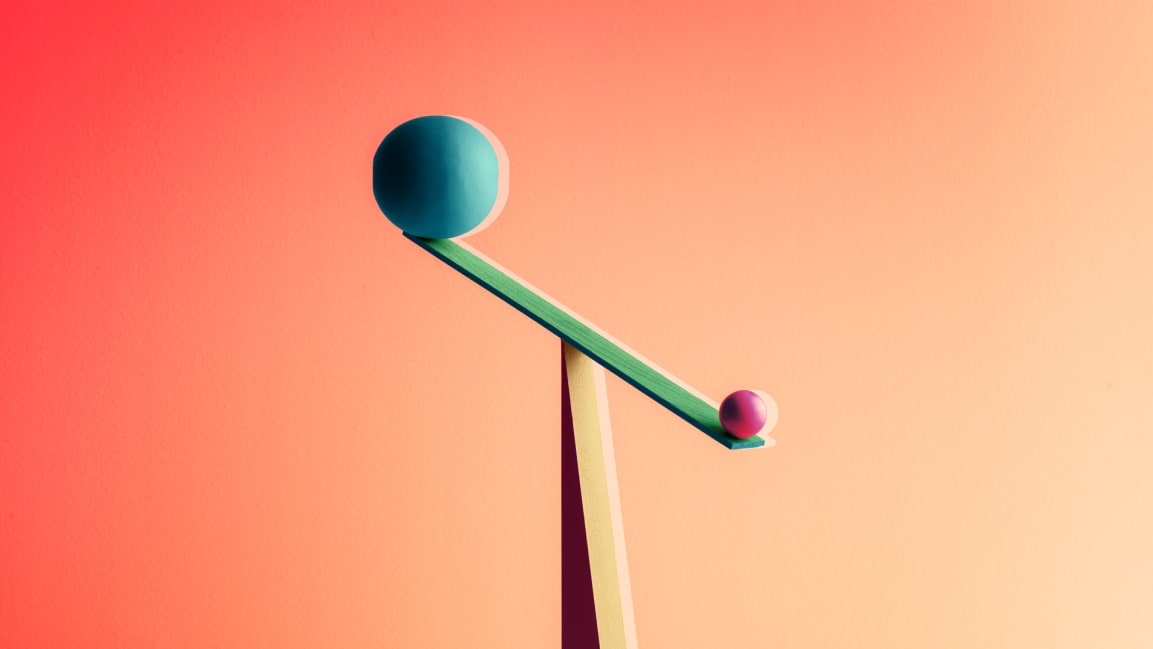Try this simple one hour exercise to identify and maximize strengths
I overcame colorblindness by collaborating with—and trusting—people who were much better than I am at seeing color. As a leader, I learned early on to identify where they are stronger than I am in other ways as well.
It can be intimidating to manage someone who might have more subject matter expertise or perhaps has more education in a particular area. Or maybe, as in my case, some people are just more organized than you. Those are the people you want on your team.
Focus on strengths, not weaknesses
Whether you are a people leader or an individual contributor, you want to optimize for your own strengths while leveraging and encouraging the strengths of your colleagues.
Why? Because science shows that focusing on strengths is better for motivation. A recent study by Gallup shows that a focus on strengths can increase performance by 8% to 18% and lower attrition rates by 20% to 73%. That last figure is one to consider, especially during the Great Resignation.
There are lots of tools out there to help you understand your strengths. Gallup has the Clifton Strengthsfinder. Another great one is StrengthScope, which includes resources on how to have strength-finding conversations with your team. Yet another popular tool, named 16 Personalities, yields a detailed report on strengths and weaknesses that they describe as a “freakishly accurate” description of who you are and why you do things the way you do. This last one feels a little more lightweight and fun (IMHO) as it includes a set of cute illustrations representing each of the personality types.
Conduct an exercise in understanding
It’s important and empowering to understand your own strengths. But the power of this understanding is multiplied when you share it with your collaborators.
It takes some vulnerability to openly discuss one’s own strengths and weaknesses. Whether between a manager and direct report or between colleagues, it requires a safe space. But if you have those things, it’s totally possible to sync your strengths and turn your collaboration into a powerhouse of self-reflection and mutual support.
It helps to have each of you go through one of the analysis tools in advance of the conversation. But it’s not a requisite. It can also be healthy and helpful to simply sit and list out those tasks that you feel are your strengths and weaknesses. It’s the one-on-one conversation and sharing here that will strengthen you both.
There is a simple illustration of what this exercise might look like on the FunRestrospectives site. A simple grid on the whiteboard (or if you are remote, a tool like Mural or Google Jamboard) is your workspace for idea-sharing.
How the exercise works
- Each participant writes their strengths and weaknesses on individual Post-it notes. (10 minutes)
- Each person shares their strengths. Discuss briefly those you both share, and go deeper on those that are unique. (5 minutes each)
- Talk through each of the weaknesses by giving each other some background and context. (5 minutes each)
- Take a break. Maybe even come back to it tomorrow after you’ve both had time to process.
- Sort the notes by pushing all of the common/shared strengths to one side. Then focus on finding the complement for each strength/weakness, for example, may I have listed “organizational skill” as a weakness, but my colleague has it as a strength. Move both Post-its to their side of the chart. This is something you both agree that they’ll own. (20 minutes)
- Discuss and agree on which weaknesses are shared. Where you both may fall short, how will you attain the strengths that are needed? Does someone else on the team have that strength? Can you bring someone else in or create a new role? (10 minutes)
The times indicated here are just a suggestion. Sometimes these conversations can be so engaging that they extend over several sessions over multiple days. No matter how long it takes, it’ll be important to keep returning to the discussion of the strengths in your one-on-one meetings. Make space for holding each other accountable and supporting one another.
Klaus Heesch is head of Optimism & Sustainable Growth, an Experience Design leader, speaker, and happiness practitioner.
Fast Company , Read Full Story
(23)



